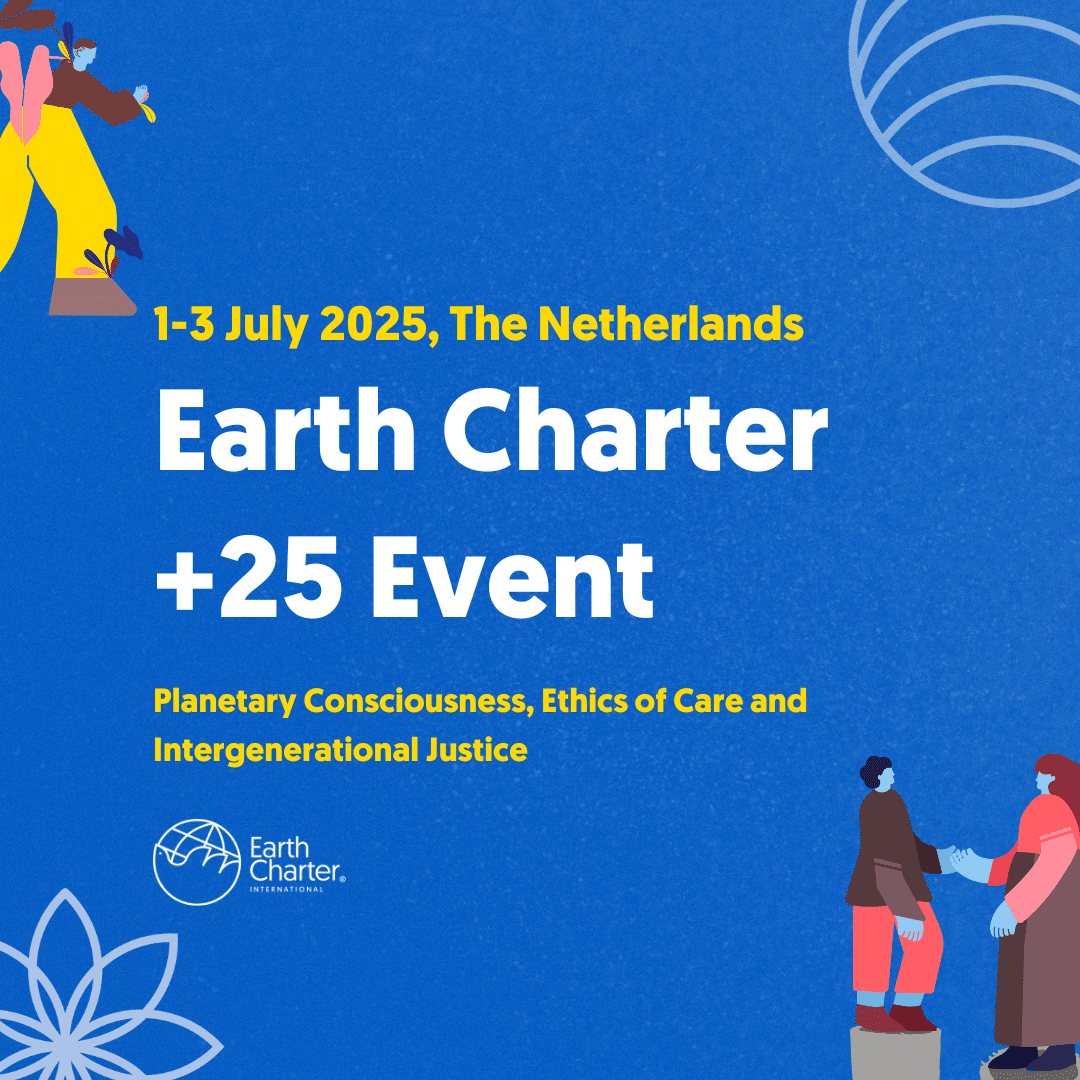
By Manila De Iluiis, General Manager Italy World of Walas and Earth Charter City Course facilitator
Pandemics have been an urban planning problem ever since cities started to form. We learn from history that diseases shaped cities and COVID-19 joins a long list of infectious diseases that left enduring marks on urban spaces. The lock-down many cities are experiencing is having an evident double effect: empty public spaces and deserted streets on one side, the flourishing of natural life on the other. Once humankind stopped traveling all around the world, there was a drastic reduction in CO2 emissions, and nature is now coming to an evident rebirth everywhere.
The pandemic has reminded us how difficult the coexistence between humans and nature has been since the industrial revolution. It has shown, once more, that life the way we are now living it is not possible any longer. A radical shift in paradigm is needed. How do we build a balanced coexistence between humankind’s needs, our expectations and the environment?
The myth of a never-ending and increasing growth has led to the bad results that are under our eyes. Natural life follows different rules: not lines pointing to infinity but cycles, biospheres. The result of the dichotomy human/natural environment is a set of different perspectives to reconcile. We need to change the laws of the game, and we need to do it now. What better playground than cities? As Gerben van Straaten, Walas, has said: ‘the battle for a sustainable future will either be won or lost in our cities.’
COVID-19 has pushed our attention on public health and it is going to shape urbanization processes. The intersection between urban design and public health has always been a critical territory, and now more than ever. What’s the response of our cities? Milan and New Mexico are opting for slow urban mobility and green urban areas as expected issues to drive change in civic life. Plans to extend pedestrian areas and cycle lanes, implementation of public transport as well as green, safe and accessible public spaces favourites both a healthy environment and the respect of the new norms on distancing.
The Earth Charter Cities Manifesto claims the “Earth Charter City promotes efficient mobility” (principle 7g) “…a clean and safe urban environment…” (principle 8a). Although Milan and New Mexico are promoting clean air and preventing “…(all) forms of air pollution and…a significant reduction of CO2…” (principle 7e) they should not forget that “…clean air and healthy forests on Earth are strongly connected”(principle 7e); how to say: no worth to create beautiful urban parks if we burn down the Amazon forest. No matter the Amazon is so far from our home: within the broader world system, we all interconnect and mutually influence and affect.
Cities are facing another aspect that is central to the current debate on post-coronavirus recovery: density.
The New York City Governor Andrew Cuomo recently affirmed that ‘there is a density level in NYC that is destructive…Our closeness makes us vulnerable… that spatial closeness makes us vulnerable’. In a podcast on 16th April 2020, Richard Florida recognises density as a factor of the pandemic spread. Still, he focuses on the underlying issues that make cities fragile. Density, both in isolation and in exposure, shall be analysed within the local urban system. Is this not true since cities have started to exist? Is density not the core for problems, but when we always reorganized density, to smarter density, we also solved our problems, we discovered new ways. It is not density per se, but how it is organized, we have to get smarter. Moreover, more spread and sprawl will maybe cause more problems than solving the challenge between current density and health issues. But when is close too close?
Governments are trying to regulate physical/social distances by norms aimed at preserving public health. New York and many other cities all around the world are promoting immediate plans to reduce density, decrease the proximity of people and thus the likelihood of infectious transmission in today’s interconnected cities. In this negotiation of proximity, the most evidence is that COVID-19 has increased distances between people. We call it physical and not social distancing, to prevent a sense of isolation, abandonment, frailty, powerlessness from taking hold of us. The extent to which cities will overcome the current situation and rebuild the sense of place is but on the ability to give meaning to the words, not in words themselves. Still, when is close too close?
Emptiness and absence contradict the very content of the city. Principle 9 of the Earth Charter Cities claims “The Earth Charter City constitutes a sustainable urban system with an effective density of functions, a compact use of space, and a diversity of people functions, and natural and constructed elements.” Not only density but also diversity, efficiency, human scale, and organic growth come into play in the challenging game for a sustainable and shared future.
Human scale. Principle 9e) affirms “The Earth Charter City focuses on the community of people and provides all its residents, including children and the elderly, good access to all amenities, accessibility of the public realm, and squares and sidewalks that provide dwelling qualities in addition to their function of mobility.” It recalls the Jane Jacobs “ballet of the good city sidewalk” that could help maintain the complex order laying “under the seeming disorder of the old city, wherever the old city is working successfully”(the Death and Life of Great American Cities). That ballet has now become a dance of hesitation.
Will extended pedestrian areas, cycle lanes, and green areas improve social interaction while maintaining physical distances? Are they the definitive solution for cities to fight climate change, despite the Amazon forest and Australian bush fires?
There is no doubt green areas and slow mobility have a positive impact on both physical and mental health. Added to it, their contribution to the reduction of CO2 emissions is consistent. There is but another aspect to consider. Although people profess to love parks, many parks lack attractiveness. It is not just a matter of attracting a lot of people; it is a matter of providing a wide range of activities throughout the year to attract diverse people. It is a matter of place and not space building. Diversity is necessary, as claimed by principle 5a) “the Earth Charter City recognises, promotes and protects its urban biodiversity”, and 5c) “Ecosystems of the Earth give us many economic and socio-culturally relevant services… In cost-benefit analysis for new developments, the value of ecosystem services is explicitly included.”
Think global and act locally. The Earth Charter Cities Manifesto focuses on action and decision making. Principle 5d) states “urban policymakers should be aware that their local decisions have far-reaching consequences for the climate and the ecological system of Earth. At the same time, they must be aware that changes in climate and ecosystems can have a great influence on local welfare. The Earth Charter City is committed to special knowledge in this area, to highly effective information and a long-term vision..” We all are part of a more extensive system, interconnected and fragile (Earth Charter Preamble). Given that extreme complexity defines urban systems, city planning and design cannot be just mere sectoral virtuosities of technics and technology. Instead, they need to focus on the central role played by human beings and the dimension(s) of their ongoing interrelation with the environment. Cities start with people, and “we urgently need to share a vision of basic values to provide an ethical foundation for the growing global community.” (ECC Manifesto). The Earth Charter Cities Manifesto taught how it is possible to achieve medietas in urban contexts, the Aristotelian right medium, expression of order generated by chaos, and harmony. Then, citizens will own cities again and close will not be too close anymore.







